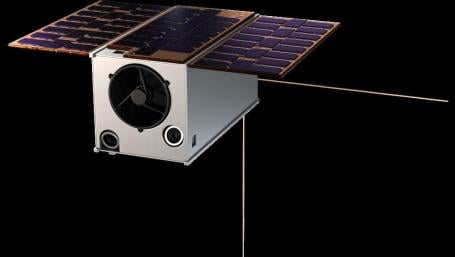Launch Vehicles & Propulsion
Space launch vehicles are designed to transport payloads such as satellites, spacecraft, and cargo into low-Earth orbit and beyond. These vehicles rely on propulsion systems that generate immense thrust to overcome Earth's gravitational pull and achieve the necessary velocity for orbital insertion or interplanetary travel. The propulsion systems used in launch vehicles typically employ chemical propellants, which undergo controlled combustion to produce high-temperature, high-pressure gases that are expelled through a nozzle, generating thrust. Common propellant combinations include liquid hydrogen and liquid oxygen (used in the Space Shuttle main engines), or solid propellants (used in some rocket boosters). Advanced propulsion technologies, such as ion engines and nuclear thermal rockets, are also being explored for future space exploration missions.

